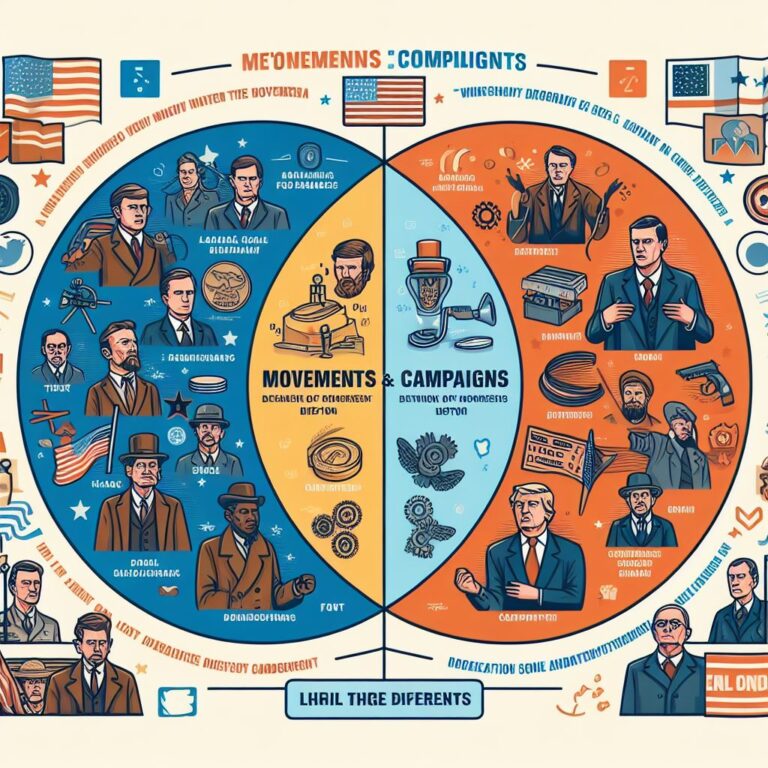Free – Book Review
By: Chris Anderson
The Power of Free in Business:
The concept of “free” in business has a rich history, from saloons offering free food with drinks in the 1870s to King Gillette’s strategy of selling cheap razor handles to promote the sale of profitable replacement blades. In the digital age, the idea of “free” is reshaping industries, driven by the decreasing costs of production in the digital economy. Understanding why free is attractive involves grasping the psychology behind it, including the concept of the “penny gap” and the fear of loss.
The Penny Gap and Technology-Driven Free:
The “penny gap,” as coined by Josh Kopelman, highlights the psychological distinction between one penny and free. In the digital economy, technology is rapidly driving down production costs, making the concept of free more prevalent and powerful. The shift to a digital economy, where the costs of production continually decrease, has transformed “free” from a marketing gimmick to a strategic business approach. Google serves as a prominent example, offering free tools like Gmail and Google Maps to support its dominant search product.
Different Kinds of Free:
Examining the different business models emerging from the concept of free, three main categories are identified. Firstly, direct cross-subsidies involve giving away one product to entice the purchase of another. Three-party markets, on the other hand, focus on providing a product free to consumers while advertisers pay to reach those consumers. Lastly, the freemium model, where a basic version is offered for free while a premium version incurs charges, is widespread in the digital landscape.
Thriving in a Free Economy:
Thriving in a free economy requires a mindset shift from scarcity thinking to abundance thinking. With the inevitability of digital products becoming free, businesses need to redefine their markets, compete with free by finding alternative revenue streams, and understand the principles of abundance thinking. The key principles include accepting that digital products will eventually be free, identifying where value flows after the core product is free, and embracing waste in a world where certain resources become too cheap to meter.
Conclusion – Navigating the Free Landscape:
The conclusion emphasizes the inevitability of most products aiming to be free in the current market dynamics. Businesses are urged to recognize this trend and strategically navigate the landscape by being the first to embrace free, understanding the shift in value, and managing for abundance rather than scarcity. The book provides essential insights for businesses to adapt and succeed in an economy where the concept of “free” plays a central role.







